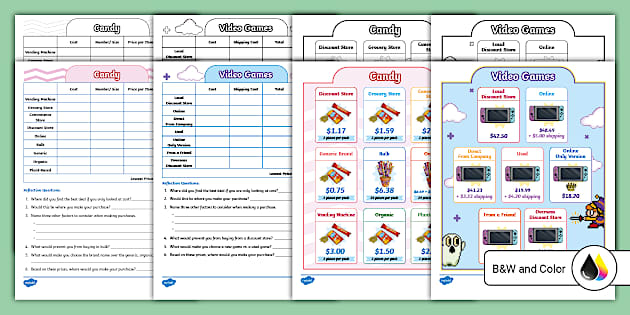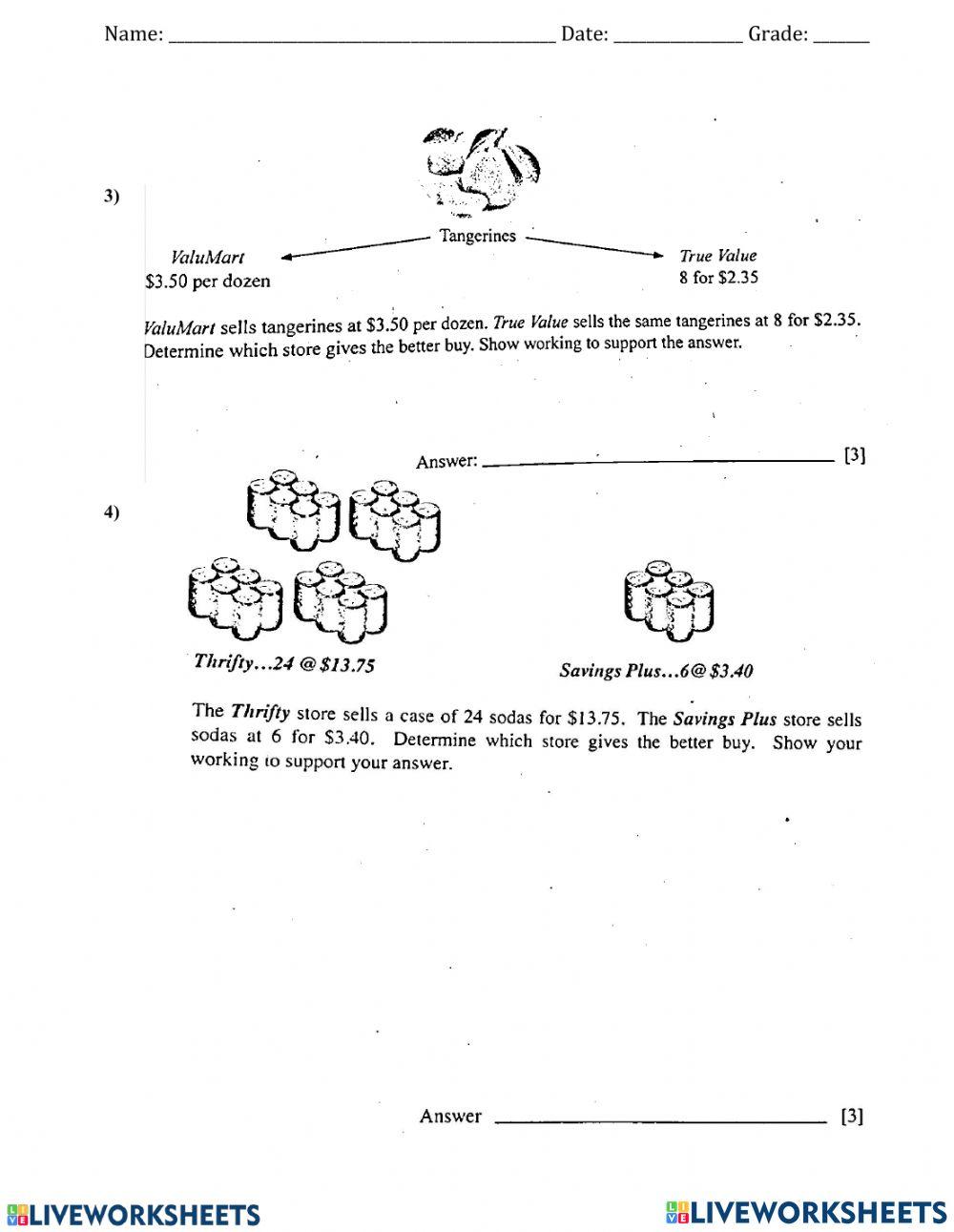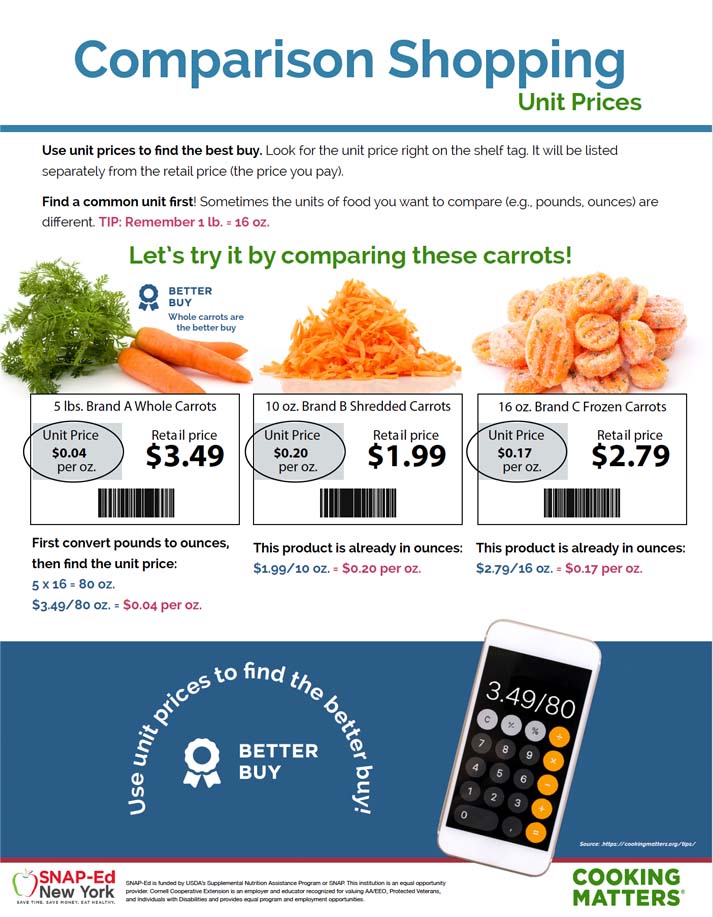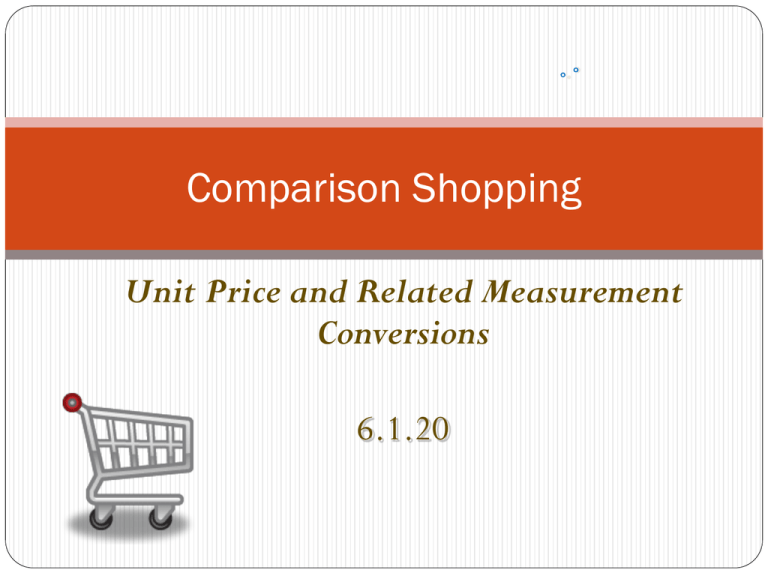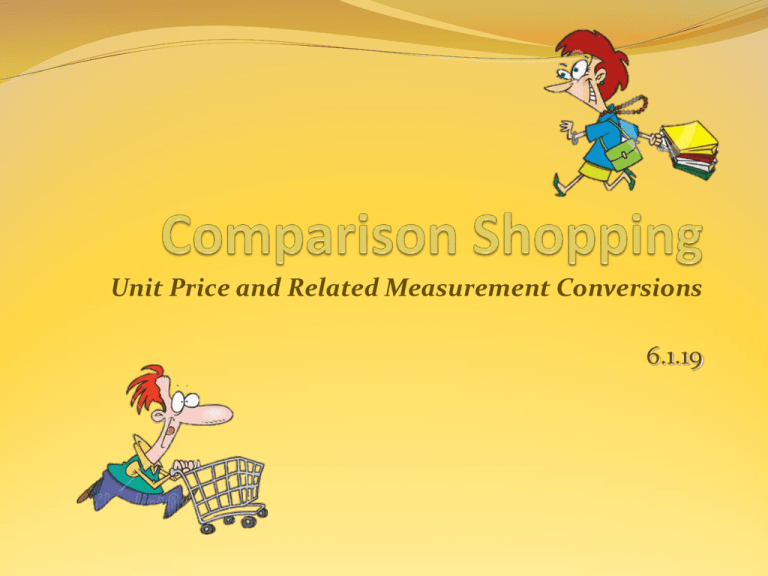Which Activity Is Done In Step 2 Of Comparison Shopping

The world of comparison shopping, a cornerstone of informed consumerism, hinges on a structured process. Many resources outline the steps involved, but the specifics of "Step 2" often spark debate and ambiguity. Identifying this crucial stage is vital for shoppers aiming to secure the best deals.
At its core, comparison shopping involves several key phases. Understanding what precisely constitutes "Step 2" is crucial for maximizing its effectiveness. This analysis delves into the established methodologies to clarify this pivotal point, examining official guides and expert opinions.
Defining Comparison Shopping: A Multi-Step Process
Comparison shopping is more than just browsing online retailers. It's a systematic approach to finding the best value for a product or service. The process typically includes identifying needs, gathering information, evaluating options, and making a purchase decision.
The ambiguity often arises in how these steps are categorized and labeled. Resources vary, leading to potential confusion for consumers.
The Contentious "Step 2": Gathering Information
While the initial step consistently involves defining the desired product or service, Step 2 often centers around gathering information. This encompasses researching various brands, models, and retailers that offer the item in question.
This stage is not merely about finding prices. It includes collecting data on features, specifications, reviews, and available warranties.
Consumer Reports, a non-profit organization dedicated to unbiased product testing and reviews, emphasizes thorough research as a critical component of comparison shopping. They advise consumers to look beyond the surface and delve into the details that differentiate products.
Alternative Interpretations of "Step 2"
Some sources may frame "Step 2" as identifying potential retailers. This perspective focuses on creating a list of stores, both online and brick-and-mortar, that carry the desired item.
This approach isn't necessarily contradictory to the information gathering interpretation. Identifying retailers is often a necessary precursor to effectively gathering information. This step helps narrow the scope of the search.
However, without a deliberate effort to collect product details, focusing solely on retailer identification risks overlooking important nuances.
Why Accurate Information Gathering Matters
The significance of accurately gathering information in Step 2 cannot be overstated. It forms the foundation for sound decision-making.
Without a comprehensive understanding of the available options, consumers risk making purchases based solely on price, potentially sacrificing quality, features, or reliability. Failing to do so could lead to buyer’s remorse.
Data from the Better Business Bureau (BBB) frequently highlights consumer complaints arising from inadequate product research. Disappointment with the product's quality compared to expectations is a common issue reported. Consumers should seek a broad range of opinions to inform their research.
Tools and Resources for Effective Comparison Shopping
Numerous tools are available to aid consumers in their comparison shopping endeavors. Price comparison websites are a common starting point.
However, it's crucial to be aware that some of these websites may be biased towards certain retailers or products. Utilizing multiple sources ensures a more balanced perspective.
Reading customer reviews, consulting expert opinions, and checking for product ratings from reputable organizations are additional valuable strategies. It is also helpful to search for objective product test results.
Human-Interest Angle: Saving Money and Avoiding Regret
For many individuals and families, successful comparison shopping can translate into significant savings. It means more financial freedom and reduced stress related to purchasing decisions.
By diligently researching in Step 2, consumers can avoid the frustration of buying a product that doesn't meet their needs or quickly breaks down. This is why information gathering is so important.
This careful planning can have a significant impact on the budget.
Conclusion: Empowering Informed Consumers
Regardless of the specific terminology used, the core principle remains consistent: Step 2 of comparison shopping involves a dedicated effort to gather comprehensive information about potential products and retailers. This helps inform the consumer.
Whether the focus is on identifying potential retailers or collecting product details, the ultimate goal is to empower consumers to make informed decisions that align with their individual needs and priorities. It is not solely about the price.
By embracing a proactive and thorough approach to information gathering, consumers can navigate the complexities of the marketplace and secure the best possible value for their hard-earned money. Comparison shopping is a valuable skill.



